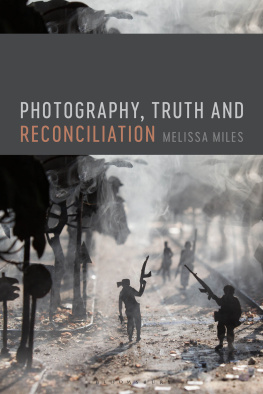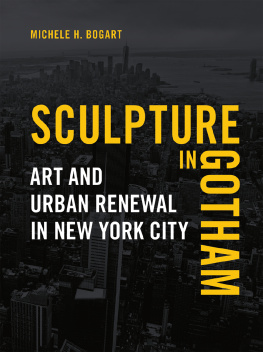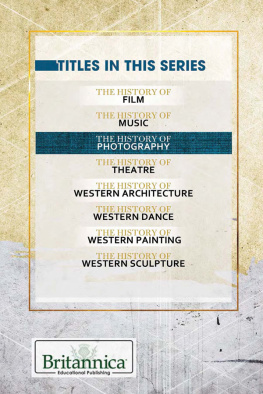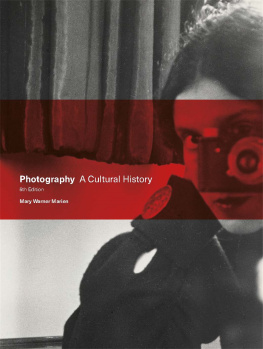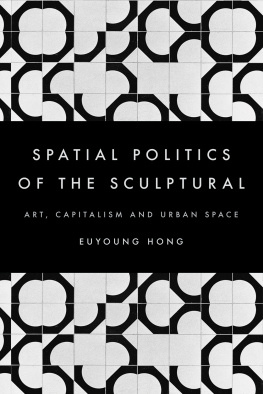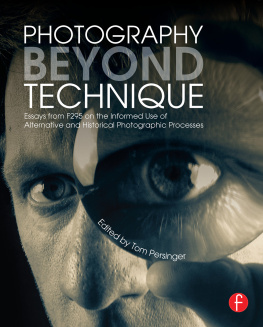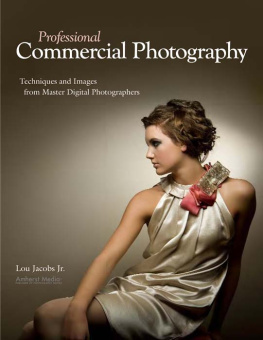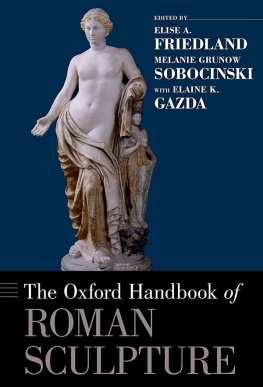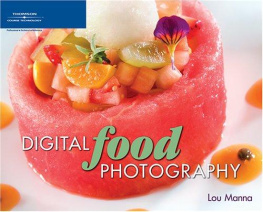Patrizia di Bello - Sculptural Photographs: From the Calotype to Digital Technologies
Here you can read online Patrizia di Bello - Sculptural Photographs: From the Calotype to Digital Technologies full text of the book (entire story) in english for free. Download pdf and epub, get meaning, cover and reviews about this ebook. year: 2018, publisher: Bloomsbury Visual Arts, genre: Romance novel. Description of the work, (preface) as well as reviews are available. Best literature library LitArk.com created for fans of good reading and offers a wide selection of genres:
Romance novel
Science fiction
Adventure
Detective
Science
History
Home and family
Prose
Art
Politics
Computer
Non-fiction
Religion
Business
Children
Humor
Choose a favorite category and find really read worthwhile books. Enjoy immersion in the world of imagination, feel the emotions of the characters or learn something new for yourself, make an fascinating discovery.
- Book:Sculptural Photographs: From the Calotype to Digital Technologies
- Author:
- Publisher:Bloomsbury Visual Arts
- Genre:
- Year:2018
- Rating:5 / 5
- Favourites:Add to favourites
- Your mark:
Sculptural Photographs: From the Calotype to Digital Technologies: summary, description and annotation
We offer to read an annotation, description, summary or preface (depends on what the author of the book "Sculptural Photographs: From the Calotype to Digital Technologies" wrote himself). If you haven't found the necessary information about the book — write in the comments, we will try to find it.
This is the first monograph exploring how, throughout its history, sculpture has provided a model to conceptualize photography as an art of mechanical reproduction. While there is a growing body of work examining how photography has contributed to the development of a Western sculptural imagination by disseminating works, facilitating the investigation of the medium, or changing sculptural aesthetics, this study focuses on how sculpture has provided not only beautiful and convenient subject matter for photographs, or commercial and cultural opportunities for photographers in the market for art reproductions, but also an exemplar for thinking about photography as a medium based on mechanical means of production. In both media, processes from conception to realization involve apparatus that bypass the touch of the artist - so important to enduring notions of the value of works of art.
The book closely analyses a number of case studies, from 1847 to the present, selected both to explicate the conceptual and technological continuities between the two media, and also because of how they illuminate the materiality of photographic objects. The final chapter considers the convergence of the two media in contemporary sculptural practices that use forms of 3D photography and computer-operated sculpting machines.
Rooted in an understanding of the practical, social and aesthetic implications of photographic as well as sculptural technologies, this volume demonstrates how photographs of sculpture are particularly useful in revealing how photographys changing materialities shape the meaning of images as they are made, circulated, looked at, written about and handled at different historical moments.
Patrizia di Bello: author's other books
Who wrote Sculptural Photographs: From the Calotype to Digital Technologies? Find out the surname, the name of the author of the book and a list of all author's works by series.


